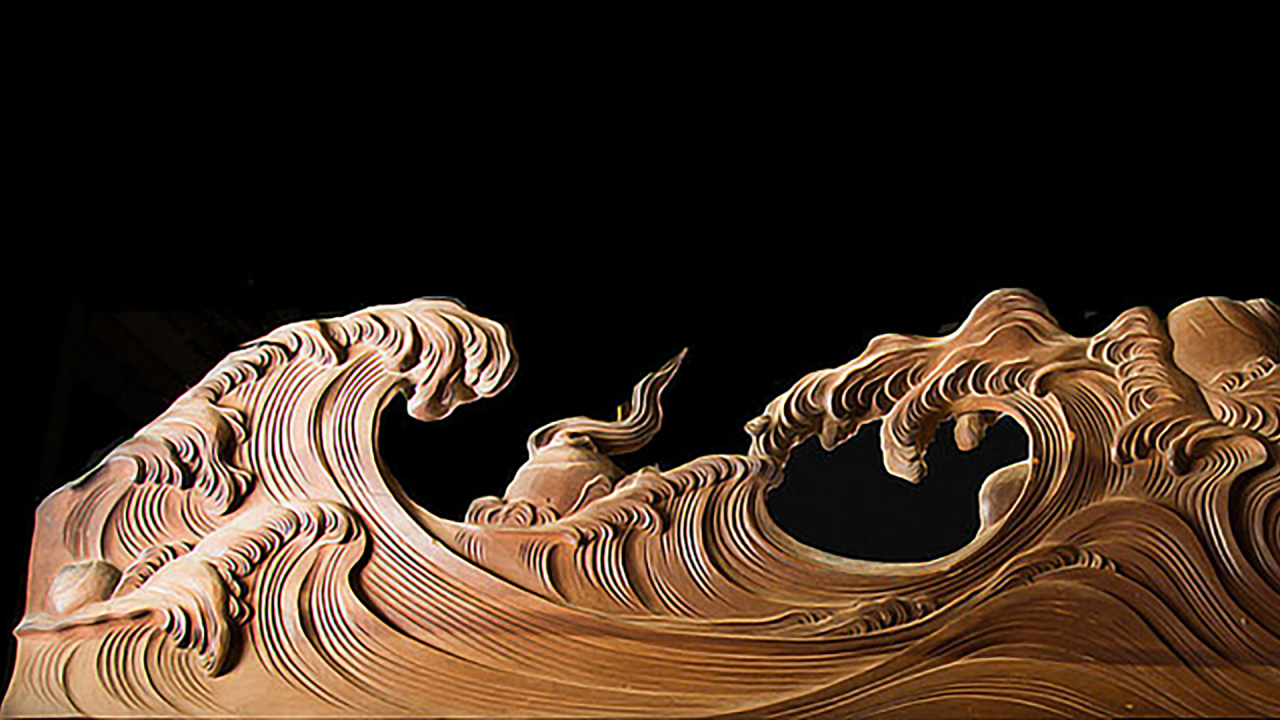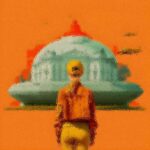Introduction to Uncuymaza
Uncuymaza is more than just an ancient art form; it’s a vibrant tapestry woven from threads of history, culture, and spirituality. This unique expression has captivated many with its intricate designs and profound meanings. Originating from the rich traditions of indigenous peoples, uncuymaza serves as a window into their beliefs and lifestyles.
As we delve deeper into this fascinating art, we’ll uncover the stories that lie beneath each stroke and pattern. Join us on this journey to explore not only the beauty of uncuymaza but also its enduring legacy in today’s world. Whether you’re an art enthusiast or simply curious about cultural heritage, there’s something here for everyone to discover.
History and Origin of Uncuymaza
Uncuymaza traces its roots to the ancient civilizations of the Andes. This intricate art form emerged in what is now modern-day Peru, flourishing among indigenous cultures that valued symbolism and spirituality.
The techniques used in uncuymaza are a blend of weaving traditions passed down through generations. Artisans utilized local materials such as cotton and wool, crafting pieces infused with rich colors and patterns. Each creation tells a story steeped in cultural heritage.
Historical records suggest that uncuymaza was not only for decorative purposes but also served ceremonial functions. It played a vital role during rituals and celebrations, marking significant life events within communities.
As centuries passed, this unique craft evolved yet retained its deep connection to ancestral practices. The legacy of uncuymaza continues to resonate today, embodying both artistic expression and cultural identity for those who keep it alive.
The Symbolism of Uncuymaza
Uncuymaza is rich in symbolism, each element telling a story steeped in tradition. The intricate designs often reflect the relationship between nature and humanity. Patterns of flora and fauna emphasize the interconnectedness present in Andean culture.
Colors play a crucial role as well. Bright hues symbolize vitality and energy, while earth tones convey harmony with the land. These choices are far from arbitrary; they resonate deeply with spiritual beliefs.
The imagery often incorporates celestial elements, representing guidance from ancestral spirits. This connection to the cosmos highlights a profound respect for both earthly and divine forces.
Each piece serves as more than mere decoration; it’s a narrative woven into fabric or carved into stone. Through uncuymaza, one can explore themes of life, death, and rebirth—central tenets that echo throughout Andean history.
Cultural Significance and Legacy of Uncuymaza
Uncuymaza holds a profound place in the cultural tapestry of indigenous communities. It embodies their connection to nature and spirituality, often reflecting beliefs that have been passed down through generations. The intricate designs serve as visual narratives, telling stories that resonate deeply with collective identities.
These artworks are more than mere decoration; they encapsulate history, tradition, and values. Each piece represents an expression of community life and the environment surrounding these artisans.
The legacy of Uncuymaza transcends time, influencing contemporary art forms while retaining its roots. Artists today draw inspiration from ancient techniques but infuse modern elements into their works. This blend keeps the spirit alive and relevant.
As globalization expands, Uncuymaza becomes a symbol of resilience against cultural erosion. It invites others to appreciate diverse heritages while emphasizing the importance of preserving unique artistic expressions for future generations.
Modern Interpretations and Adaptations of Uncuymaza
Modern interpretations of uncuymaza breathe new life into this ancient art form. Contemporary artists are exploring its motifs, blending them with modern techniques and materials.
These adaptations often reflect today’s societal themes while preserving the essence of traditional symbolism. Some creators incorporate mixed media, combining textiles with digital elements to reach a broader audience.
Fashion designers have also embraced uncuymaza patterns in their collections, merging cultural heritage with current trends. This fusion not only elevates the art but also sparks conversations about identity and tradition.
Workshops and exhibitions showcasing these modern takes attract both enthusiasts and newcomers alike. They provide platforms for dialogue on the importance of cultural preservation within an ever-evolving world.
Through social media, many artists share their unique spins on uncuymaza, fostering a global appreciation that transcends borders. The dynamic transformation continues as each generation adds its voice to this rich tapestry of history.
Preserving the Art of Uncuymaza
Preserving the art of uncuymaza requires a multifaceted approach. It starts with education, where traditional techniques are passed down through generations. Workshops and community programs play an essential role in keeping this ancient craft alive.
Artists today explore new materials while remaining true to their roots. This blend of innovation and tradition breathes fresh life into uncuymaza, attracting both enthusiasts and newcomers alike.
Digital platforms have become vital for sharing this unique artistry. Social media allows artisans to showcase their work globally, facilitating connections that transcend borders.
Local museums also contribute by hosting exhibitions that highlight the significance of uncuymaza in cultural heritage. These spaces foster appreciation among visitors and encourage them to engage with the art form more deeply.
Collectively, these efforts ensure that the legacy of uncuymaza continues to flourish amidst modern challenges while retaining its timeless essence.
Conclusion
The rich tapestry of uncuymaza unfolds a vibrant narrative that connects the past to the present. This ancient art form is not merely about aesthetics; it embodies deep symbolism and cultural significance that resonates with communities today. As artists continue to reinterpret uncuymaza, its essence evolves while still honoring tradition.
Efforts to preserve this unique craft are vital for future generations. By embracing both historical roots and modern influences, uncuymaza remains relevant in an ever-changing world. The legacy of this art form continues to inspire and unite people across cultures, making it an enduring symbol of heritage and creativity.
Engaging with uncuymaza allows us all to appreciate the intricate connections between culture, history, and identity. Whether through traditional practices or contemporary adaptations, this remarkable art form invites exploration and admiration from those willing to delve into its depths.


















